In the middle of the vast ocean, on Sinh Ton Island - where in the dry season of 1981, poet Tran Dang Khoa wrote impressive verses: "We sat on Sinh Ton Island/The shadow was as dark as a dry tree stump/Eyes staring at that place/Where the rain was deep and far away/Blue lightning flashed on the horizon...", there was a pagoda named after the island, its curved roof quietly stretching out in the sun and wind. The pagoda had a pure Vietnamese shape, sitting peacefully next to houses, schools and constructions.
Sinh Ton Pagoda was built in the traditional architectural style, with one main room and two wings, and a bright red curved roof. The main hall of the pagoda faces the capital Hanoi as a sacred affirmation: From the most remote place of the Fatherland, people's hearts always turn to the heart of the motherland. Among the rows of military houses and rows of maple trees rustling in the wind, the bright red roof of the pagoda stands out like a spiritual lamp illuminating the souls and wishes of people on the remote island.
 |
Soldiers attentively welcome visitors to Sinh Ton Pagoda. |
Every morning and evening, the space of Sinh Ton Pagoda begins with the ringing sound of bells. In the salty breeze from the sea, the bells echo in the air, spreading far and wide, spreading throughout the island space. The bells are also the voice of the heart, the spiritual breath blending with the spirit of preserving the beautiful country.
The abbot of the pagoda, a slim figure in a yellow robe, walked lightly around the pagoda yard picking up the fallen square leaves. In the midst of the quiet and vibrant scene, he told about his feelings on the first day he arrived on the island to take on the Buddhist mission. Although he was a bit bewildered at first, when he set foot on the island and saw the curved temple roof in the middle of the sea and sky, he felt strangely peaceful, as if he had returned to a beloved place.
 |
The abbot prepares the offering ceremony. |
When entering the grounds of Sinh Ton Pagoda, almost everyone shares the feeling that the space here is condensed with spiritual energy, spirituality, emotions and beliefs. The sunlight in the pagoda yard is not as bright and dazzling as on the coral reef, but is gentle and soft, filtered through the incense smoke, through the square banyan tree canopy leaning to shade the stone steps. The offshore wind is often strong and fierce, but when passing through the main gate, through the green stormy forest, it suddenly calms down, the salty scent of the sea blends with the fragrant incense.
 |
The soldier entered a sacred, pure place. |
The trees in the temple, despite struggling to grow on the coral land mixed with salt air, are still unusually green. In the corner of the yard, under the calm water surface, are dotted with slender but resilient water lilies. Very few temples in the archipelago plant and care for clumps of water lilies to bloom... The space always reminds us of the poem "Waiting for rain on Sinh Ton island" by poet Tran Dang Khoa: "Oh Sinh Ton island, my beloved island/Even though there is no rain, we still survive on the island's surface/The island still survives on the stormy ocean/We are like a thousand-year-old stone, in the heartbeat of people/Like a steadfast stone, like a fresh stone..."
 |
The temple is a spiritual support for every soldier. |
On Sinh Ton Island, the pagoda is a place to worship Buddha, and also a place of deep gratitude. Here, there is a memorial stele to commemorate the 64 heroic martyrs of Gac Ma who sacrificed their lives in 1988 in the mission of protecting the sovereignty of the sea and islands. Every March 14, the pagoda, along with cadres, soldiers and people, hold a memorial ceremony and burn incense to pay tribute to those who sacrificed their youth and blood for the country.
Every year, on the morning of March 14, when the first rays of sunlight had just shone down on the temple roof, the soldiers and people on the island quietly walked towards the memorial stele engraved with the names of 64 heroic martyrs of Gac Ma who sacrificed their lives for the sacred sovereignty of the Fatherland. In the solemn atmosphere, each incense stick was lit, each eye filled with tears, each moment of emotional bowing of the head in silent remembrance. The gratitude was silent and poignant in the space filled with incense smoke.
 |
Peaceful space on a remote island. |
In the main hall of the pagoda, the memorial service was held with a simple five-course vegetarian meal cooked by the islanders, filled with gratitude and love from the people to the heroes.
With a sincere heart, the abbot of the pagoda lit 64 candles symbolizing the 64 souls who had lain in the deep sea years ago. Each candle lit up one by one, shimmering and shimmering. When the 64th candle burned brightly, the entire main hall seemed to be lit up, not necessarily by physical light but as if from the halo of infinite gratitude that was simultaneously directed towards them. Each candle symbolized a human destiny that had left its youth to the ocean. In that moment, the whole space seemed to stand still, with only the long ringing of the pagoda bell and the quiet spreading of light.
 |
Names of 64 heroic martyrs who died at Gac Ma Island. |
People on the island often come to the pagoda during the holidays to pray for peace and hope for a peaceful sea. During Tet and the beginning of the year, the pagoda often welcomes more delegates and fishermen who come to burn incense and express their wishes. For the soldiers and people at the forefront, the pagoda is a spiritual home and a source of spiritual strength.
Every weekend, together with the abbot, the island forces often clean and take care of the temple grounds, contributing to preserving the cultural and spiritual flame on the remote island. People come to the temple because of their faith, also because of their gratitude and love for the Fatherland, which is close and profound. In every small act, there is a close connection between religion and life, between the army and the people and the sacred space of the island.
 |
During holidays, soldiers go to the pagoda to offer sacrifices. |
Soldiers also often go to pagodas during holidays and Tet. For them, pagodas are places to visit, to meditate, to remember their families and homeland and to deepen their spirit and responsibility. Each time they put their hands on the memorial stele, each soldier reminds himself to live up to the sacrifices of previous generations - those who fell so that today's sea and islands can be peaceful.
In the temple grounds, the phong ba trees grow tall, standing defiantly against the storms like the spirit of the people, of the soldiers at the forefront. Every day, the temple bell still rings, melodious, spreading out to the sea like a prayer for peace , for the lasting sovereignty of the Fatherland.
 |
Visitors to the island have a quiet, emotional moment at the temple. |
In the midst of the storm, the simple pagoda still bears the appearance of the homeland, contributing to preserving sacred memories, a place to light up faith and eternal gratitude. Each incense stick, each candle, each vegetarian meal is a connection between morality and national spirit, a reminder of the noble sacrifice of the soldiers who fell for the sovereignty of the sea and islands.
Pagodas illuminate the past and the future so that generations of soldiers and civilians can firmly follow, proud of the flame of patriotism and courage. In a quiet, sacred space, pagodas like Sinh Ton still quietly stand as cultural milestones, warm spiritual supports.
Source: https://nhandan.vn/khong-gian-thieng-lieng-cua-chua-sinh-ton-noi-dau-song-post877686.html


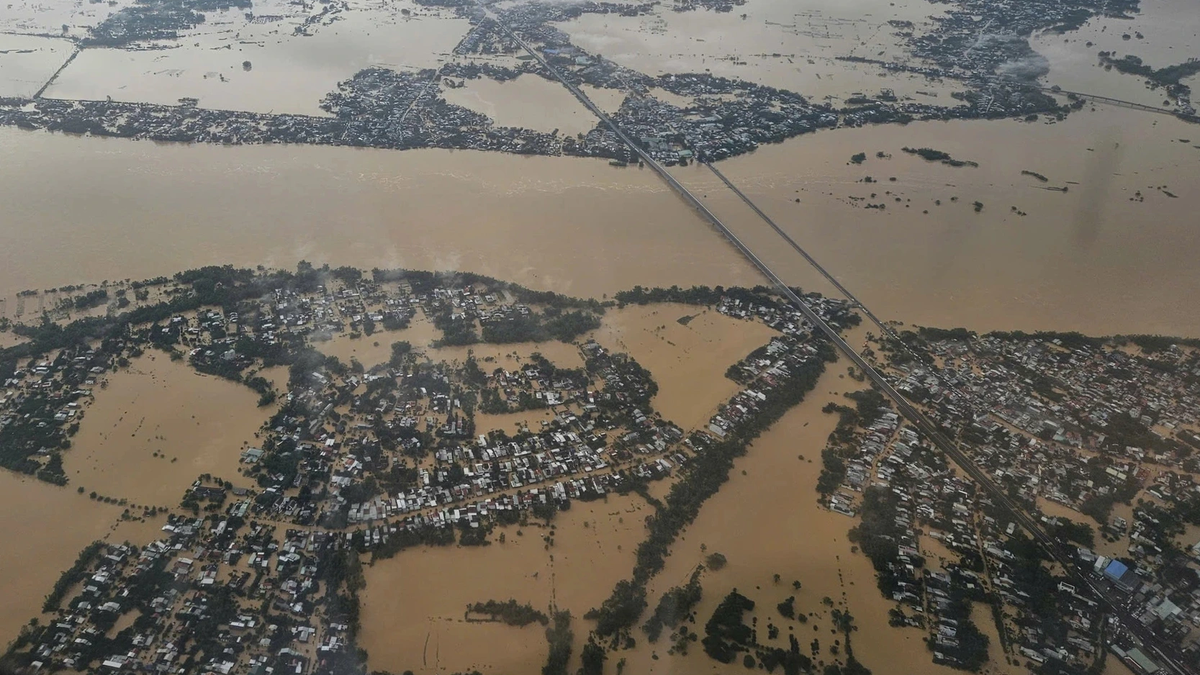
![[Photo] Fall Fair 2025 - An attractive experience](https://vphoto.vietnam.vn/thumb/1200x675/vietnam/resource/IMAGE/2025/10/30/1761791564603_1761738410688-jpg.webp)

![[Photo] Standing member of the Secretariat Tran Cam Tu visits and encourages people in the flooded areas of Da Nang](https://vphoto.vietnam.vn/thumb/1200x675/vietnam/resource/IMAGE/2025/10/30/1761808671991_bt4-jpg.webp)
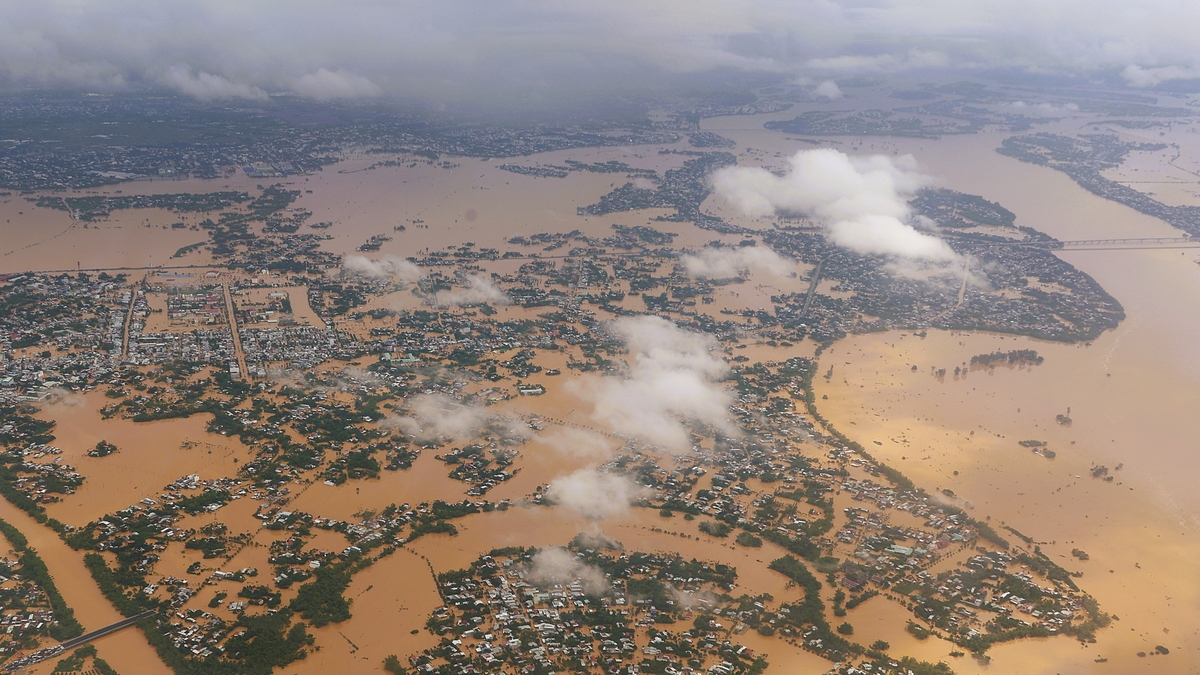
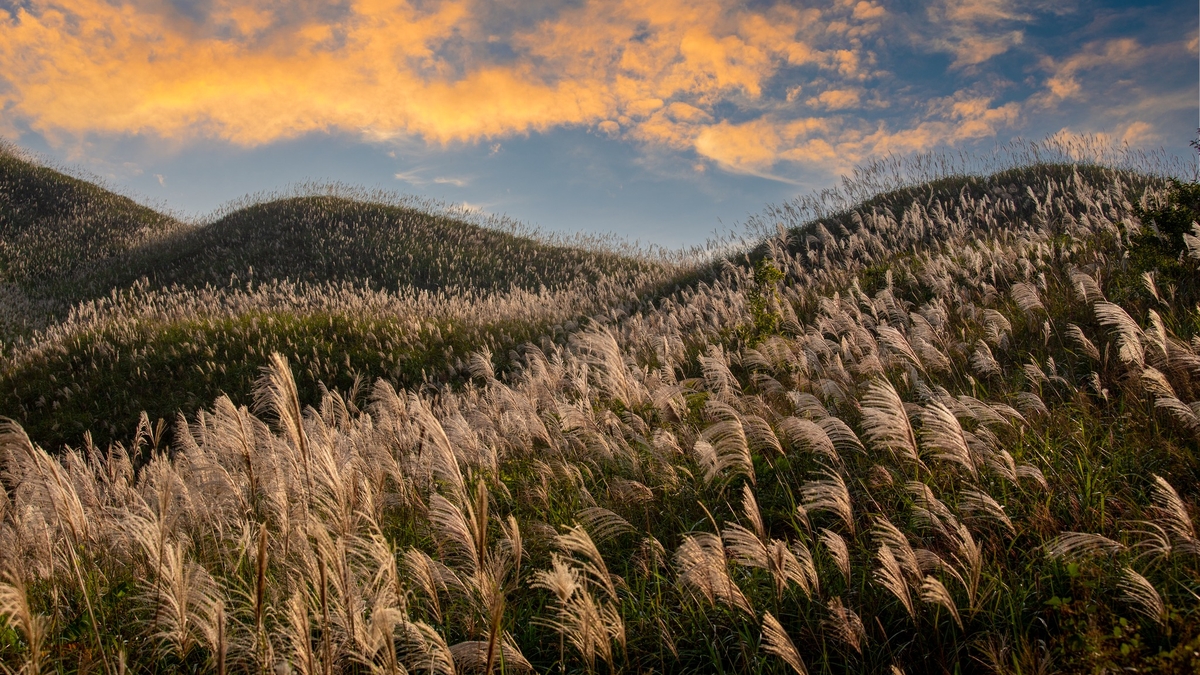

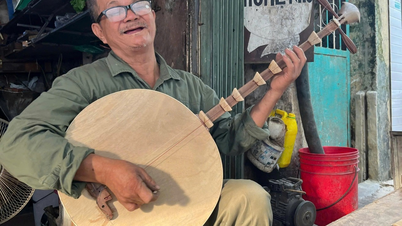

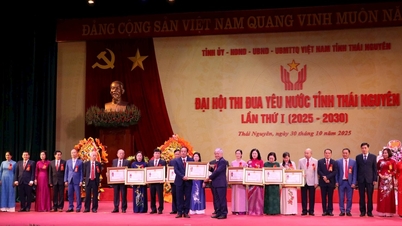



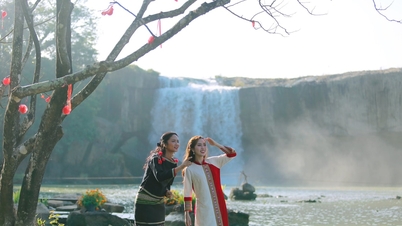
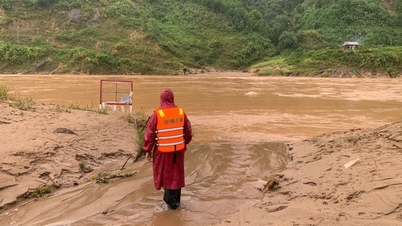





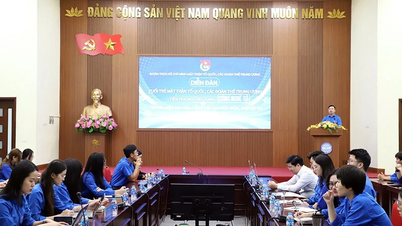


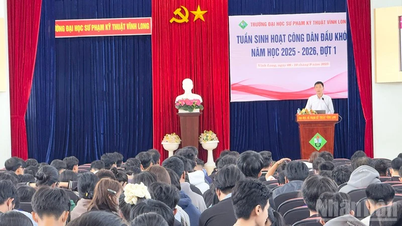
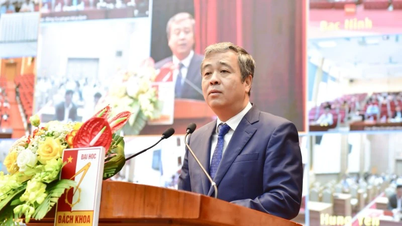
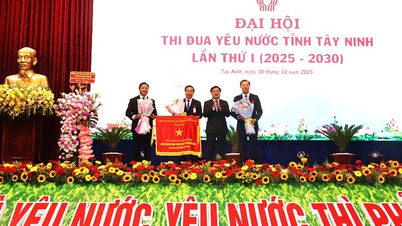

![[Photo] New-era Party members in the "Green Industrial Park"](https://vphoto.vietnam.vn/thumb/1200x675/vietnam/resource/IMAGE/2025/10/30/1761789456888_1-dsc-5556-jpg.webp)
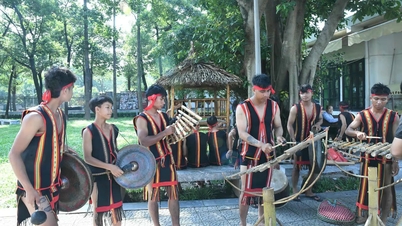

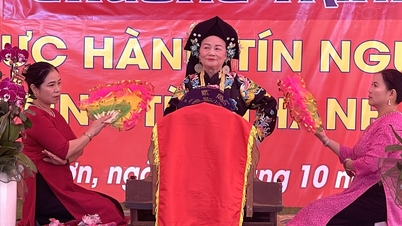

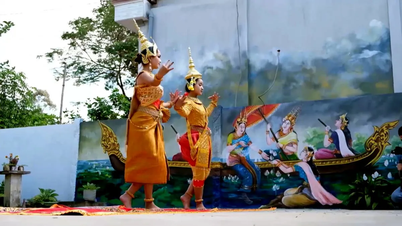

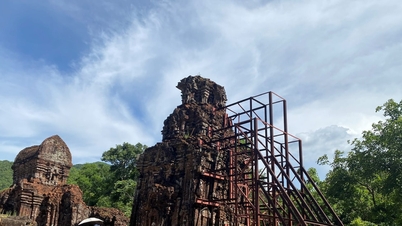

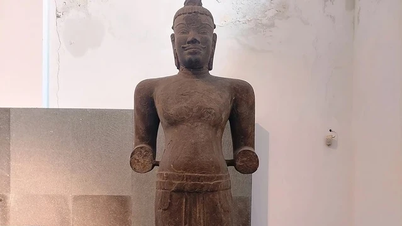

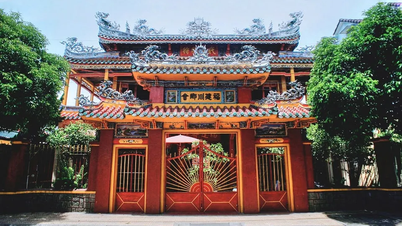
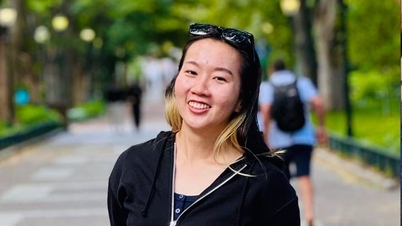



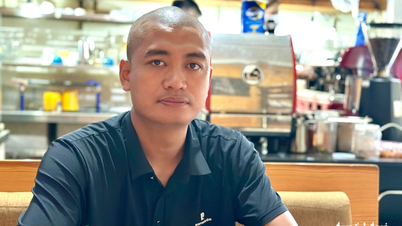

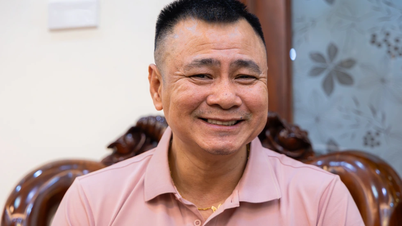



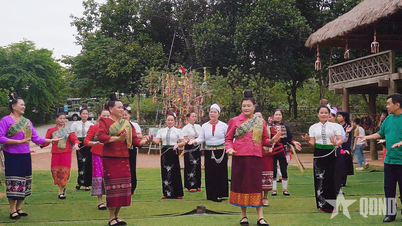











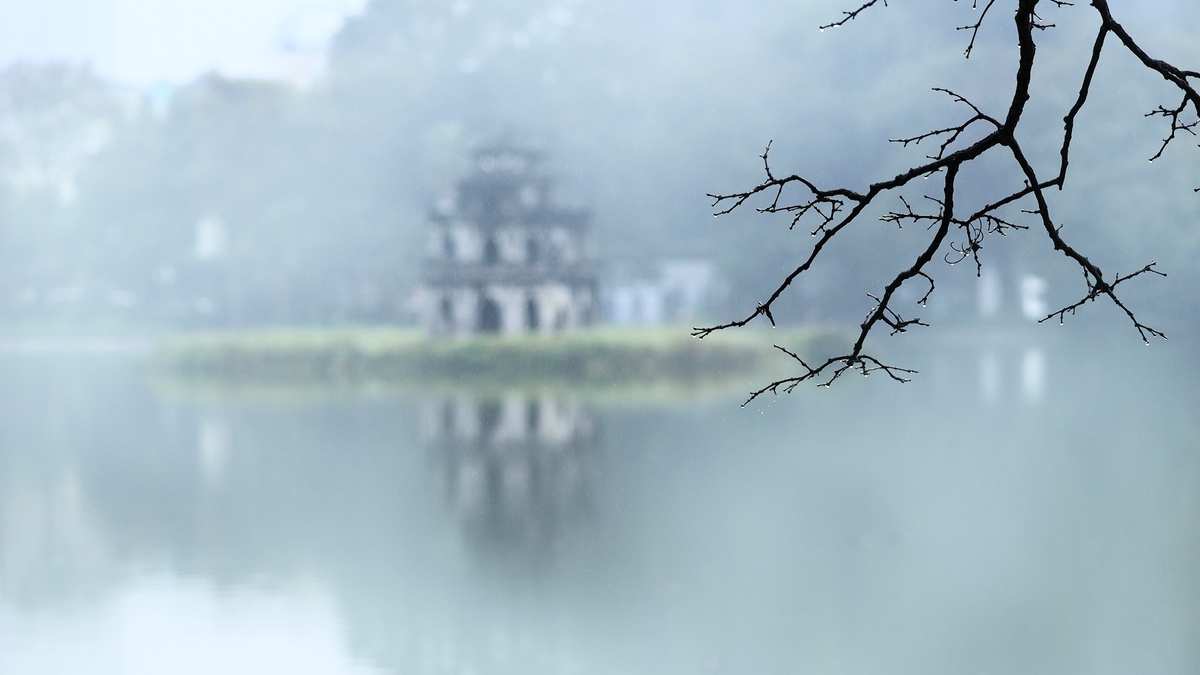


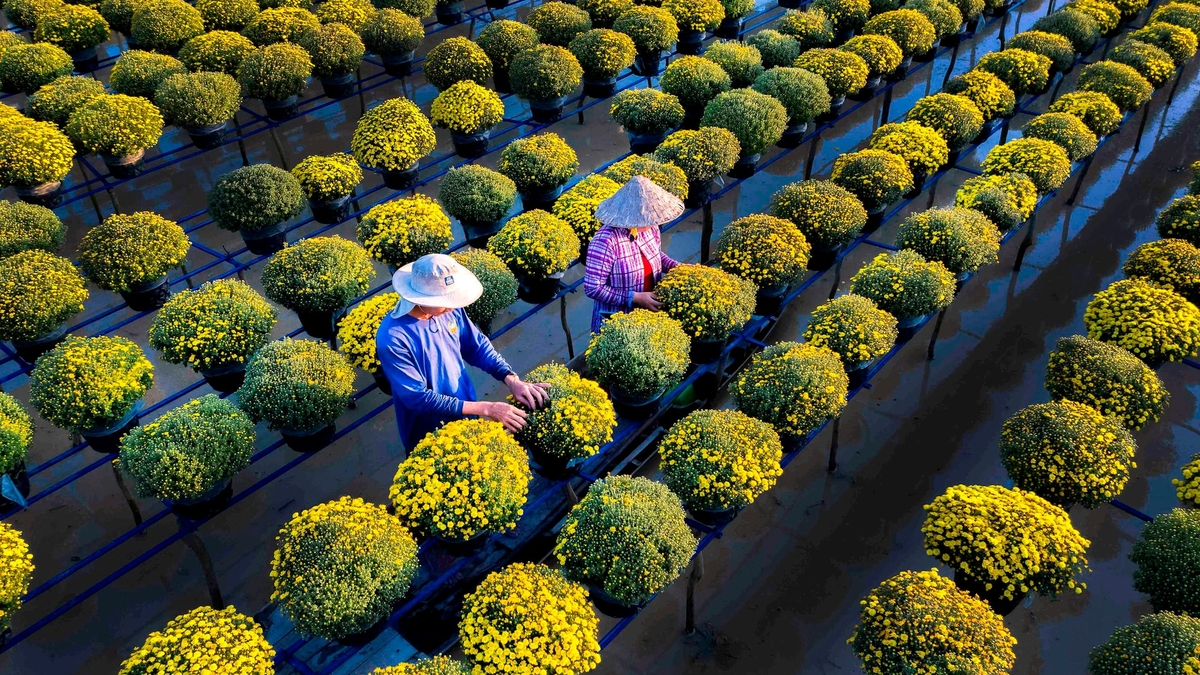









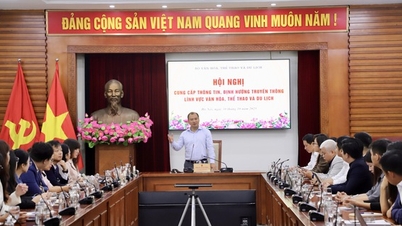

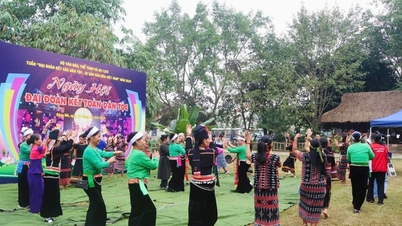
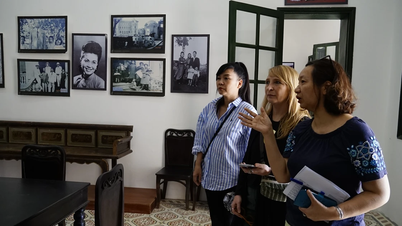

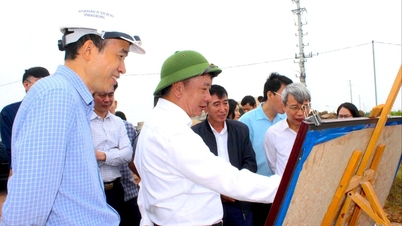

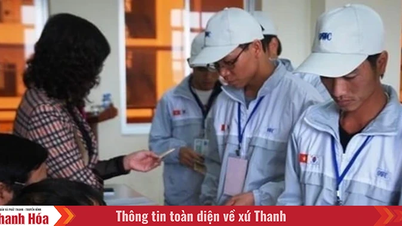

















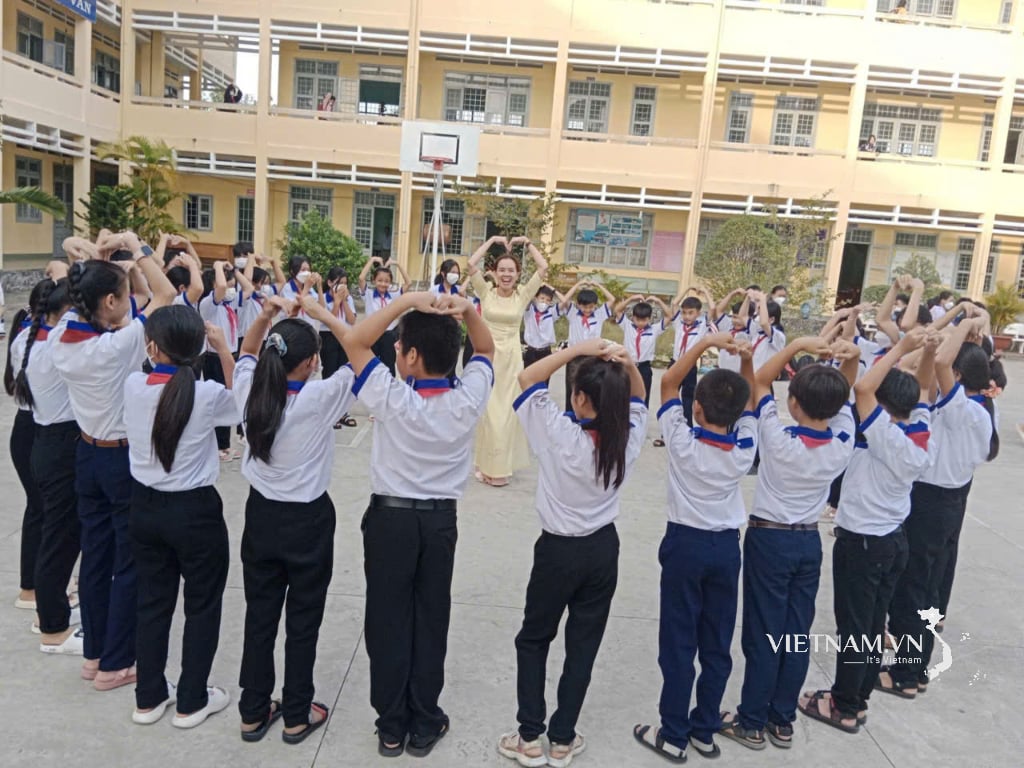


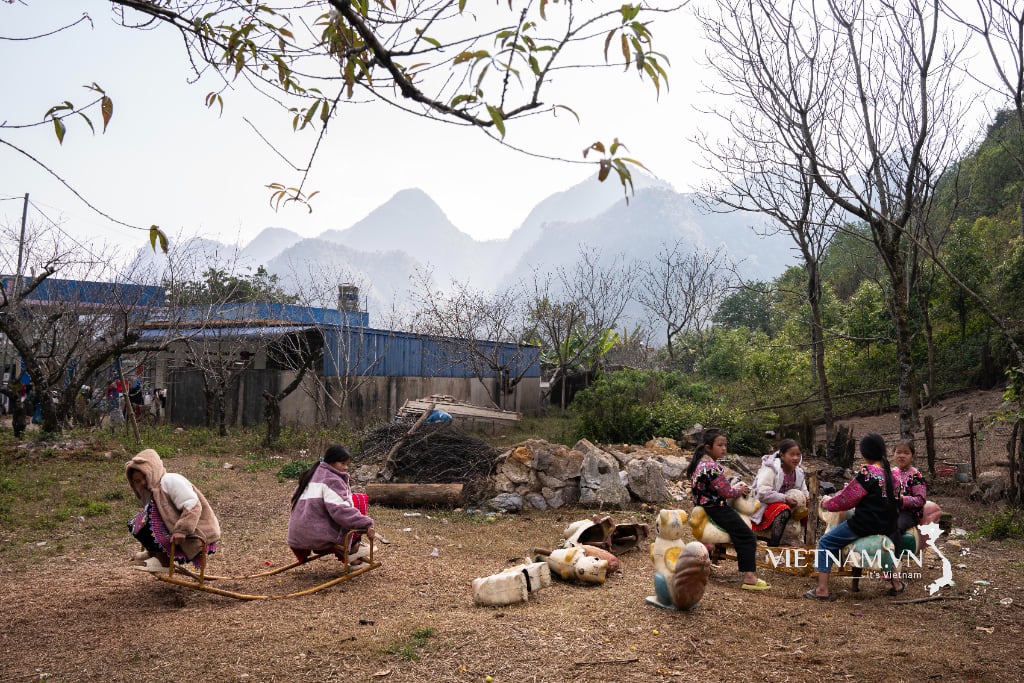
Comment (0)